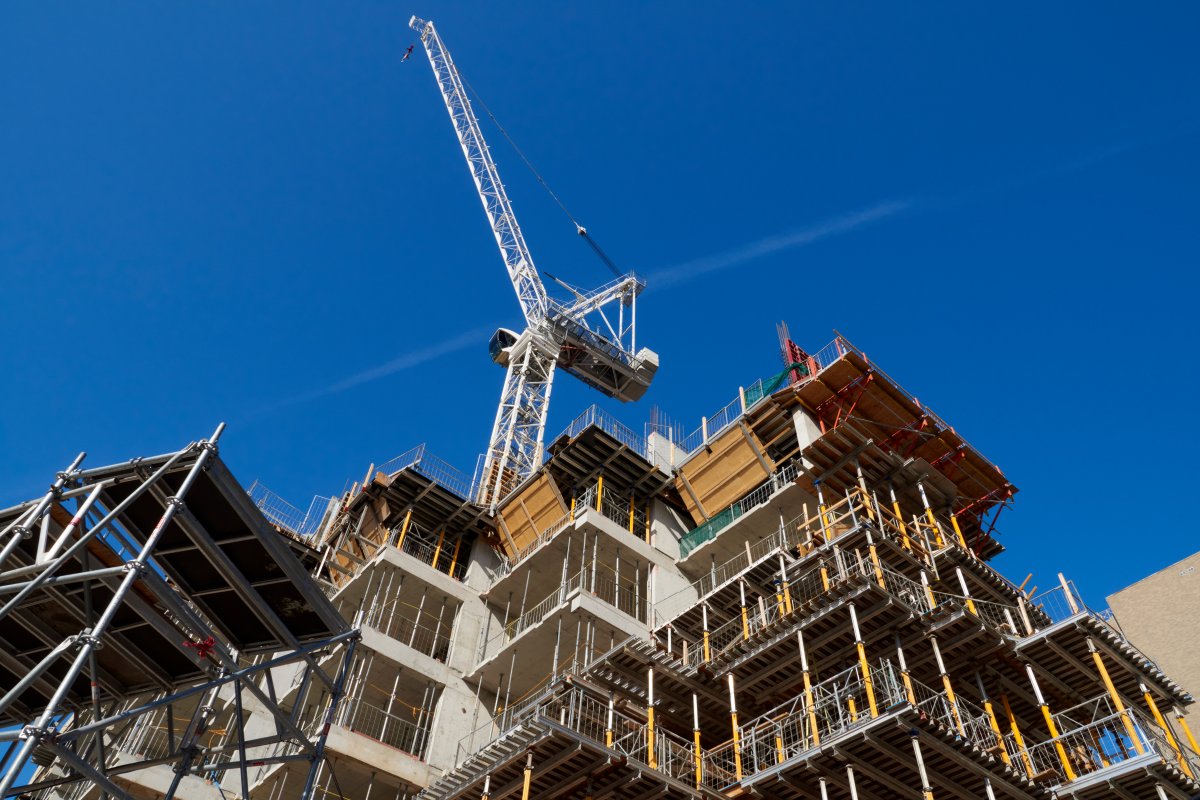Ontario’s housing minister is raising eyebrows after telling municipalities that long-term care beds could count toward the province’s signature promise of building 1.5 million homes by 2031, raising concerns that the Ford government is “watering down” the pledge.

On Monday, Housing Minister Paul Calandra sent a letter to Ontario cities laying out the specifics of a new $1.2-billion fund to entice municipalities to speed up housing development that included yearly provincial building targets as well as how the government’s success would be measured.
The letter states that in addition to newly built housing, the province would also start counting rental units, basement suites and long-term care beds toward the government’s adopted goal of building 1.5 million homes during this decade.
“Performance against these targets will be evaluated based on housing starts, as defined by the Canada Mortgage and Housing Corporation’s Starts and Completions survey, as well as additional residential units (for example, basement units) and other institutional housing types (such as long-term care bed) created in a given calendar year,” the letter said.
While the Ford government has pledged to build 30,000 long-term care beds by 2028, the beds were never attached to the province’s housing promise.

Get daily National news
Mike Moffatt, with the Smart Prosperity Institute, told Global News the province is taking a “broad view” of what it counts as housing.
“Including long-term care beds in the housing start numbers basically waters down the targets somewhat. It makes the target less ambitious than it otherwise would be because you’re including this whole separate category.”
Ontario Premier Doug Ford ran the Progressive Conservative re-election campaign in 2022 with housing targets at the heart of his promise. The PC leader pushed the construction of massive infrastructure projects and new homes as the issues that would define his party.
After the election, the Ford government announced it would slash the fees developers pay to cities, remove protected land from the Greenbelt and force some cities to sprawl out into farmland, all in aid of the goal.
As it struggled to contain the summer of scandal that followed, the Ontario government announced a reversal to both the Greenbelt decision and its changes to the boundaries around cities.
The controversial moves were all framed by the government as key to building new houses.
It is unclear when the province decided it would start counting long-term care homes as part of its housing goal.
The criterion was mentioned to municipalities in an Oct. 23 letter and does not appear to be included in the PC campaign literature, the 2022 budget or the housing task force report.
“I think this is showing that there is less ambition here than first shown,” Moffat said.
Data included in Ontario’s March 2023 budget suggested slow housing starts had put the province’s housing target in doubt.
In order to meet its ambitious target, the province would need to build an average of 150,000 homes per year.
The 2023 budget, however, projected fewer than 100,00 new homes will begin construction every year between 2022 and 2025.
A total of 96,100 homes were started in 2022, the document said. That number is set to fall to 80,300 in 2023 and again to 79,300 the following year. The budget projects around 82,700 homes will begin construction in 2025.
That means over four of the 10 years set out in the province’s plan, just 23 per cent of its total target of homes would be built.





Comments